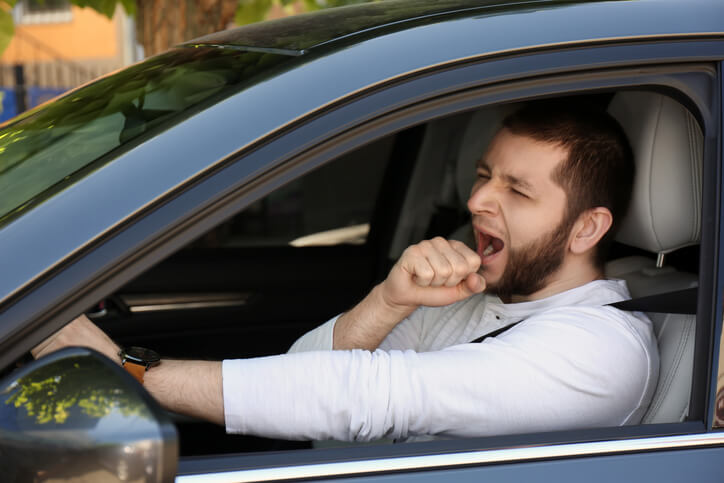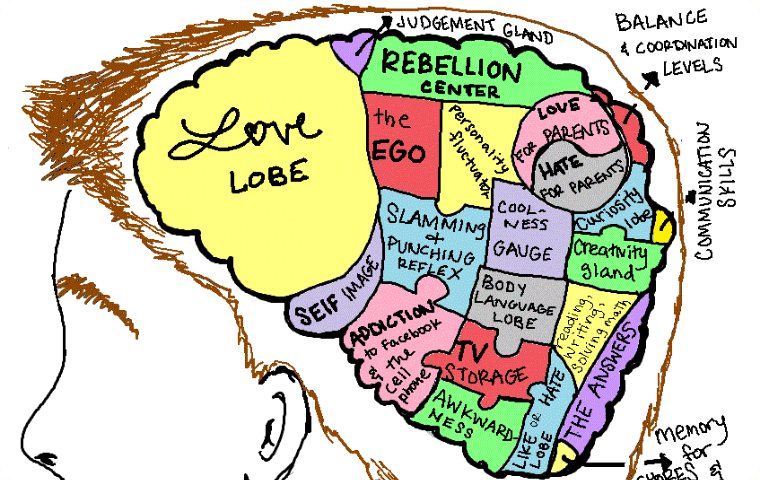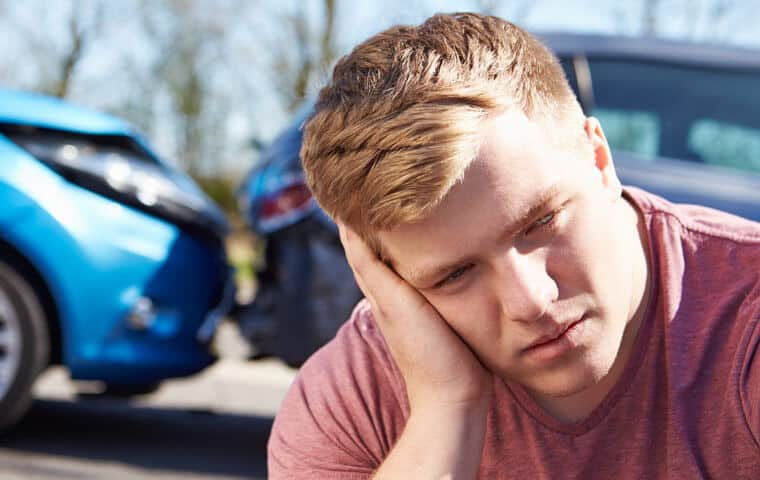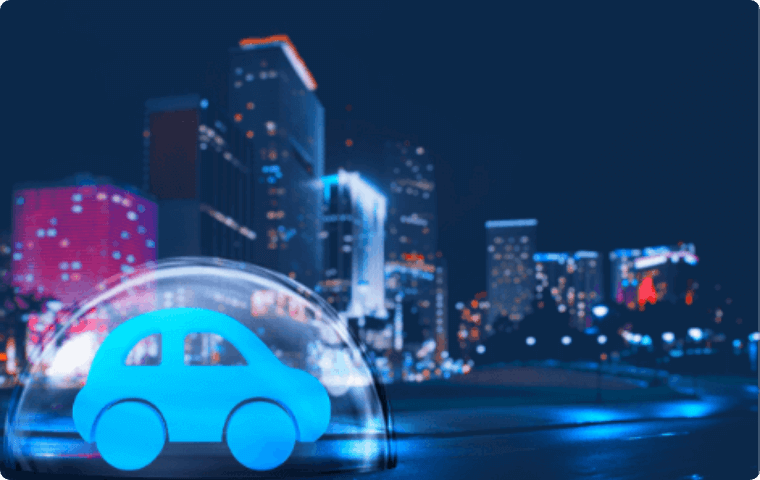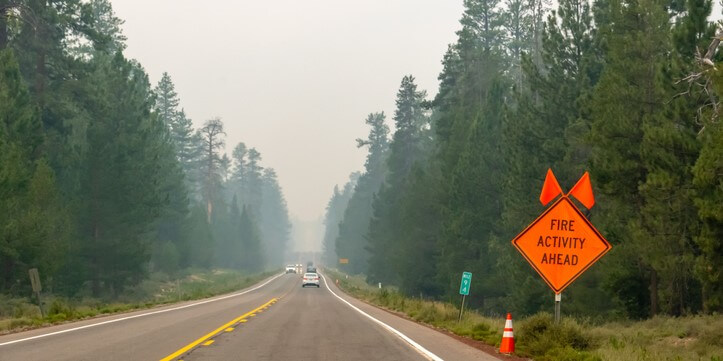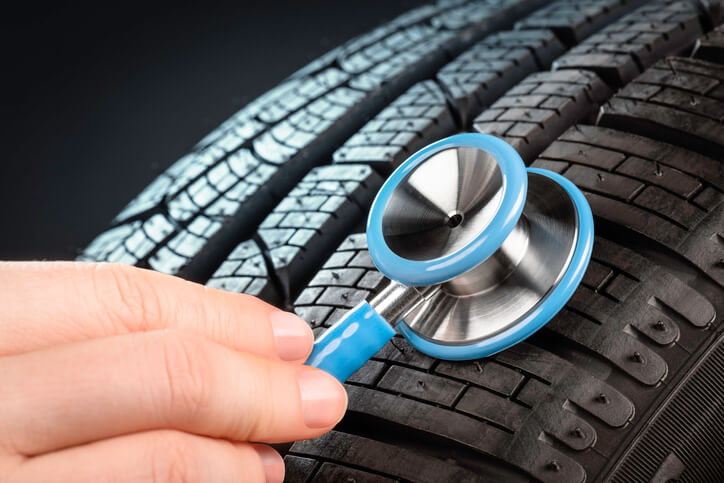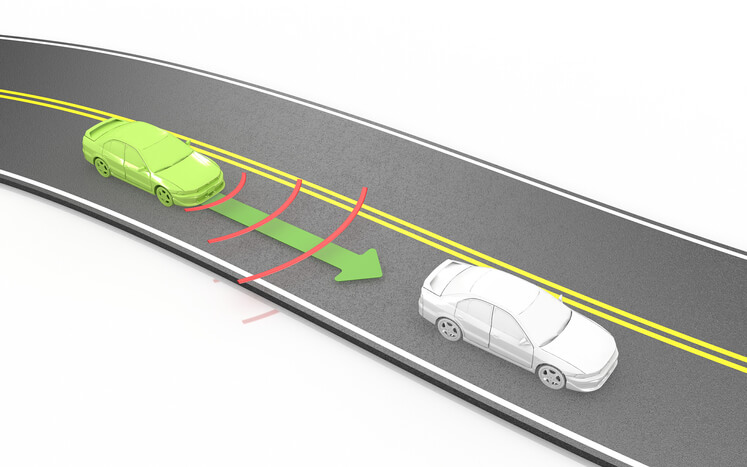Any experienced driver knows the feeling. You're on your way home after a long day at work when you feel your eyelids getting heavy. Involuntarily they begin to blink. You think you're fighting it off, only to shake yourself awake and find you'd been drifting out of your lane.
Driver fatigue is a significant problem in the United States; we'll look at just how big a problem it is, ways to avoid it, and what we might be able to do it about it in the future.
An epidemic of exhaustion
Drowsy driving is a massive problem. Anyone familiar with American life knows that we push ourselves to the limits. At work, at home, and in every other facet of our lives. Culturally it’s part of who we are as a society.
Unfortunately, we pay a heavy price on the road. According to the NHTSA, falling asleep behind the wheel accounts for hundreds of deaths, and over 100 billion dollars in unnecessary spending, every year. Often these incidents occur due to drivers falling asleep for only a few seconds.
If anything, these numbers are probably an underestimate. Many vehicle crashes suspected to be due to drowsy driving are challenging to prove with any degree of certainty. Without road and traffic clues that paint a definitive picture, many drowsy driving-related incidents may go unidentified.
What we do know, however, is that around 1/3 of Americans do not get enough sleep. This statistic is, sadly, not very surprising. Given our constant 24/7 lives and ever-increasing demand on each of our day-to-day lives, many people struggle to get sufficient rest.
While this trend impacts public health in a profoundly negative way, it’s just as devastating for anyone operating a vehicle.
it's up to each of us to be aware of our mental state before we get behind the wheel.
Tired times of day
While it can be hard to account for any individual sleep schedule, we have a substantial amount of information on when these types of crashes tend to occur, and it’s directly in line with our bodies’ circadian sleep rhythms.
A good percentage of sleep-related crashes occur during the windows of time that we’re naturally tired. This pattern means many of these fatigue-related collisions occur between 2 to 6 am and 2 and 4 pm. These windows are when people are more likely to be naturally tired and unfocused, especially if they’re sleep-deprived.
Studies confirm the data, indicating that these are also the highest driving variability windows. Meaning participants’ driving decisions were comprehensively evaluated at several points during the day and had varying amounts of rest. Researchers found that these periods coincided with the least consistent safe driving that they observed. This dip in performance was true across all levels of sleep deprivation and adequate rest
Unfortunately, simply staying off the road during these windows of time is not a reality for most Americans.
Traditional strategies
So, driving while drowsy is a problem, but the real issue is that it’s inevitable. Sometime during your driving life, you will almost certainly find yourself in a situation where you’re feeling a little sleepy behind the wheel. Thankfully, this is not a new problem. People have been feeling drowsy while driving since the invention of the automobile. Here are a few tips:
- Get enough sleep! — Ok, this one is obvious, but thanks to our hectic lives it can be difficult to get enough rest However, there’s no better way to avoid dozing off on the road than to make sure you’ve gotten enough sleep the night before. Adequate sleep is especially vital for teen drivers
- Avoid the known problem windows: If you can avoid driving between 2 and 6 am or 2 and 4 pm, do it.
- Be mindful of medications: Many over-the-counter and prescription medications can and will cause drowsiness. Make sure that you understand the side effects of any medications you may be taking and drive only when appropriate.
- No alcohol before driving: It goes without saying not to drink and drive, but even a legal amount of alcohol in your system could make you sleepy while driving. It’s best to avoid anytime you think you might need to drive.
If you’ve taken these precautions and still find yourself needing a boost on the road, caffeine can help in a limited capacity. There’s no question that a caffeinated pick-me-up can increase alertness. However, if you’re in serious need of sleep, it may not be enough.
“Microsleeps” can last for as a little as a moment and as long as a few seconds. However, that’s more than enough time to spell disaster on the road. Imagine traveling along a highway at 60mph. Maybe you’re surrounded by cars in adjacent lanes in front and behind you. Cross-traffic zipping by on the other side of the median, and you have a drop-off to your right. Now picture closing your eyes for 3 seconds.
Sound terrifying? It is. Unfortunately, that’s a nightmare scenario that many people find themselves in. What’s worse is that these microsleeps often go unnoticed. Even in rapid succession, they can happen without the driver being conscious of it. You might think you’re succeeding in staying awake and paying attention to the road when, in reality, you’re drifting in and out of microsleeps!
While helpful in promoting alertness for a short time, caffeine does not prevent this from happening if you’re tired.
You could opt for the “coffee nap.” A strategy that calls for having a cup of coffee, or a similar caffeinated beverage, before taking a quick 20-30 minute nap. This strategy works to increase alertness and help to overcome fatigue.
"Microsleeps" can last for as a little as a moment and as long as a few seconds
The future of fatigue-fighting
There are currently vehicle safety systems designed to help counteract drowsy driving by keeping drivers alert and awake and things such as lane-keeping assist and automated braking that might prevent a sleep-induced collision. We already have systems such as rumble strips to alert drivers should they drift to the shoulder, but how much further can we go in the pursuit of safety?
Attention technologies are already in use in the commercial driving industry. Truckers, for example, have access to systems that monitor their eyes for lid closure and alert them with audio and visual feedback to wake them up and keep them alert.
While not perfect, it does help prevent crashes to an extent. The problem with this system, and many others like it, is that it may not go far enough. It’s easy to imagine a scenario where a driver experiences one or more microsleeps, and by the time they’re alerted to danger, it’s too late to correct the course of their vehicle.
The microsleep issue is where modern safety systems can play a pivotal role. Many can monitor things such as lane position, speed, and hazards around the vehicle. Some are automated to the point that they can brake, correct steering, and otherwise take control of aspects of driving necessary to prevent a collision.
These technologies are already saving lives on the road today, but the future may see the integration of driver monitoring technology and automated safety systems. This future may be a reality sooner than we think.
Recently Congress passed legislation calling for increased research and new safety standards related to intoxicated driving. They’re calling for the ability of every consumer vehicle to monitor drivers for signs of intoxication, seeking to reduce the tragic number of alcohol and drug-related crashes, injuries, and fatalities.
In addition to provisions to prevent driving while intoxicated, this legislation also calls for extensive expansion in automated braking and other vehicle safety systems, making them a required feature on all new vehicles, potentially as soon as 2026.
Many of these same features can, and probably will, be applied to combating drowsy driving. Soon, should you find your eyelids beginning to droop behind the wheel, you might wake up to audio and visual feedback. Your vehicle might automatically detect possible dangerous interactions around you on the road and will take action to prevent them. Estimates are that automated prevention of drunken driving alone could save as many as 10,000 lives per year.
Until then, it’s up to each of us to be aware of our mental state before we get behind the wheel. It’s never worth it to take an unnecessary risk and drive without adequate rest. If we must drive, it’s also up to us to employ any and every strategy to stay alert and focused on the task of driving. We owe it to ourselves, our loved ones, and our fellow drivers.
Liam Hoch researches and writes about safe driving for DriverZ.
Having been a passenger in multiple near-catastrophic vehicle collisions, Liam knows first-hand the dangers of distracted, reckless, and unsafe driving.
Passionate about our core principles of helping to make safer drivers and, ultimately, saving lives, Liam stays at the forefront of driving safety innovation and research.

